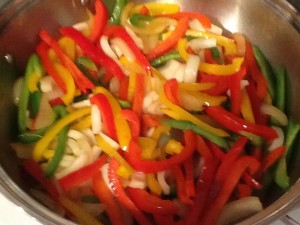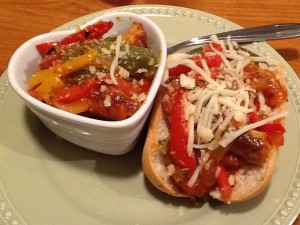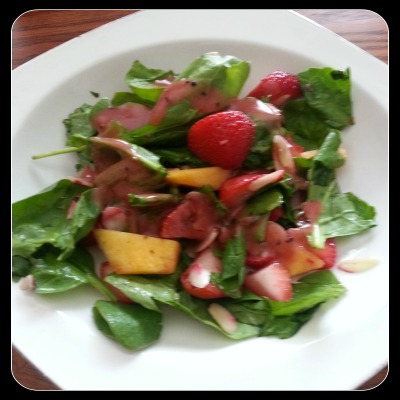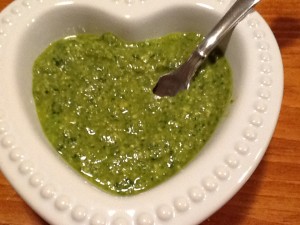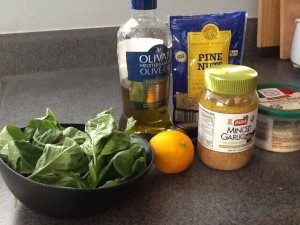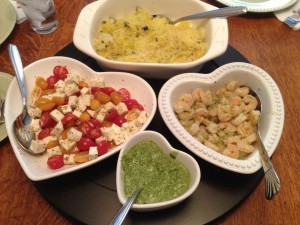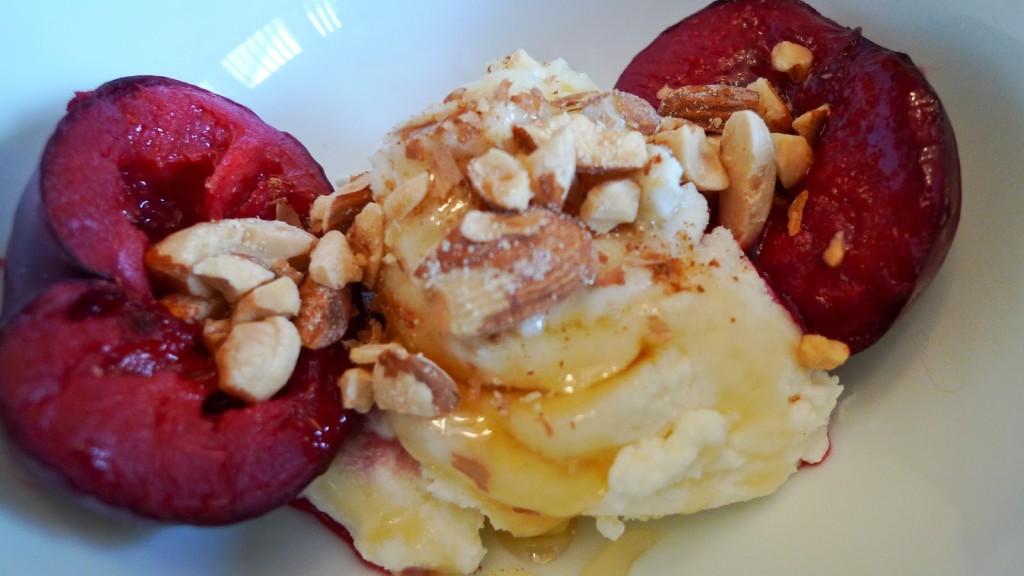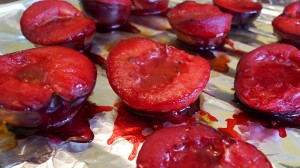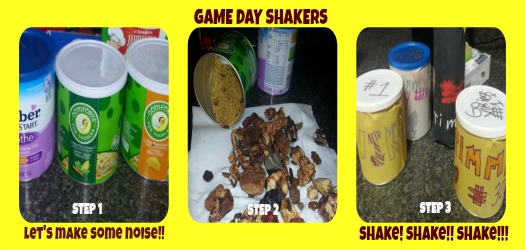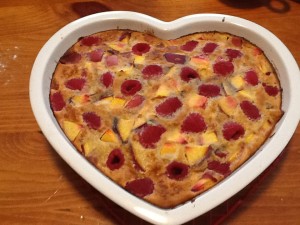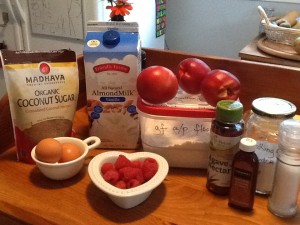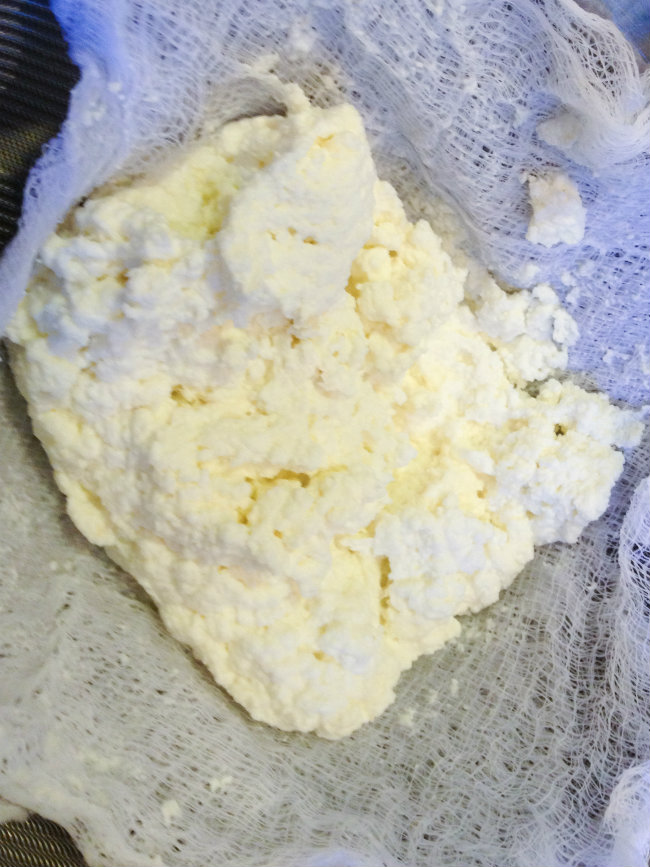Here on our At Home with GCH blog, Monday’s are always focused on healthy but oh-so-yummy! recipes. We continue this series of recipes featuring in-season summer produce. Our featured ingredients this week are sweet, or bell, peppers. We (by that I mean, Robert!) have successfully grown them in our garden this year! And, yes, bell peppers are available shipped in from around the country all year long…but as a locally grown in-season veggie…this is the height of the season in the Northeast. Here are some nutrition facts about bell peppers. Peppers are a pretty common veggie found in my refrigerator and incorporated into at least 1 or 2 recipes every week. Our recipe this week highlights them and shows off their yumminess to the max!
Peppers and Sausage
Ingredients:
1/4 cup olive oil, additional if needed 
1# Italian sausage*
2 yellow Bell peppers, cored and sliced thin
2 red Bell peppers, cored and sliced thin
1 green Bell pepper, cored and sliced thin
1 large sweet onion, sliced into halfmoons
3 cups pasta sauce (I used homemade from the freezer)
3 tablespoons chopped garlic (I use jarred)
2 teaspoons each kosher salt, freshly ground black pepper
1-2 teaspoons each dried oregano, basil (or use fresh!)
3 tablespoons freshly grated Parmesan cheese
1/4 cup shredded Mozzarella
Directions:
- Heat 1 tablespoon of olive oil in a medium-sized saute pan.
- Cook the sausage ‘til lightly browned on both sides.
- Add 1 cup of pasta sauce, and simmer on low ‘til veggies are done.
- In your largest saute pan (or dutch oven), heat the balance of the olive oil.
- Add the sliced onions and saute on medium for 4-5 minutes.
- Add in all of the sliced peppers; mix well with the onions coating with a bit of the olive oil.
- Continue to saute the veggies for approximately 15 minutes or so, stirring as needed. They should be barely crisp…more on the softened side.
- Stir in the chopped garlic and the seasonings; saute for just 1-2 minutes stirring frequently.
- Pour in 2 cups of the pasta sauce making sure to thoroughly mix everything together.
- Reduce heat to low…just so the sauce is gently simmering.
- Cut up the sausage into bite-sized pieces and add to the veggies.
- Continue to simmer for 5-10 minutes, just so the flavors can meld together.
- Garnish with the shredded cheeses.
- Serve with bread or over pasta. Enjoy!
* Use what your family likes: fully cooked Italian chicken sausage, sweet Italian pork sausage, Italian turkey sausage… I used thin links of Italian pork sausage called ‘luganica.’
♥ ♥ ♥ ♥ ♥
God loves you! ♥ (Don’t ever forget that!)
♥ coleen
